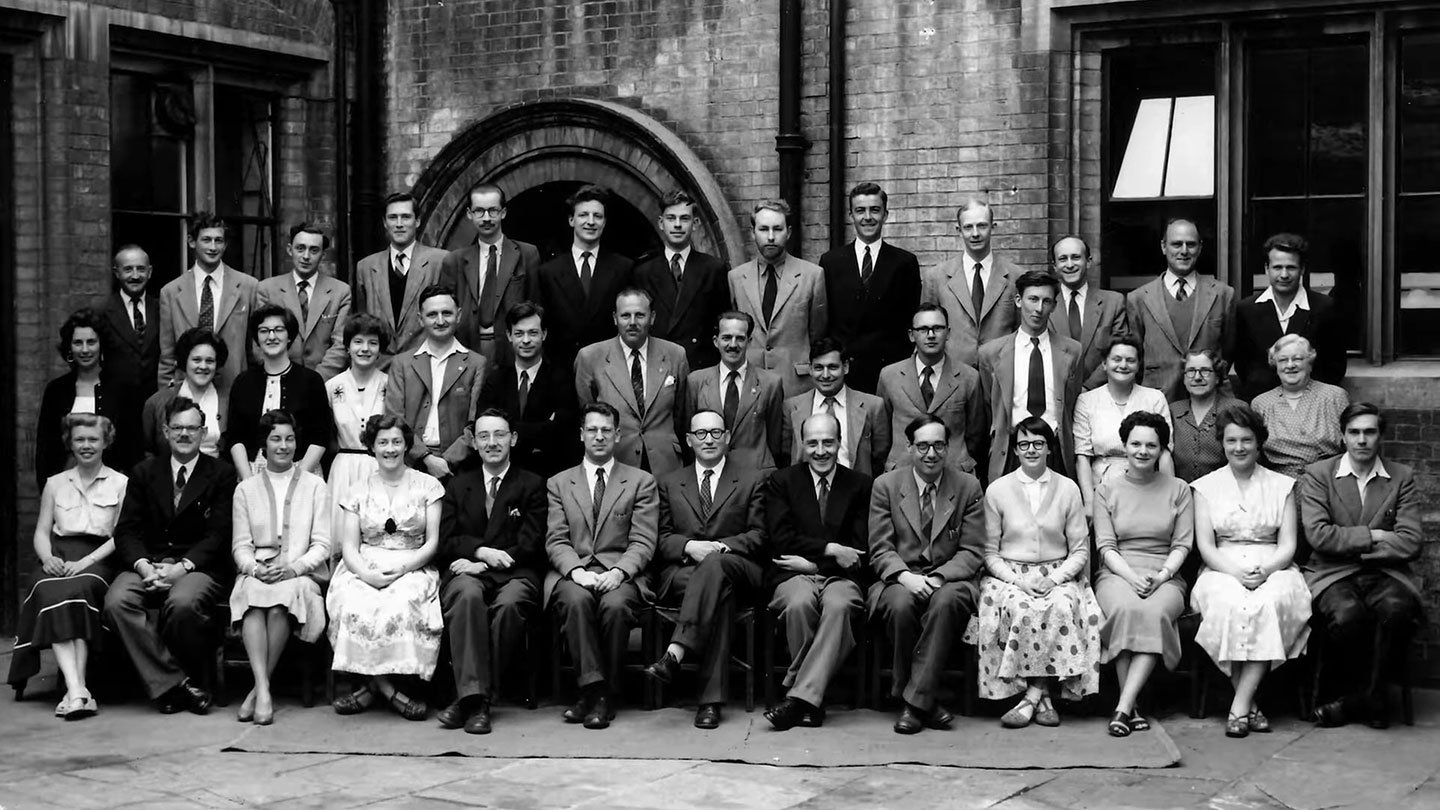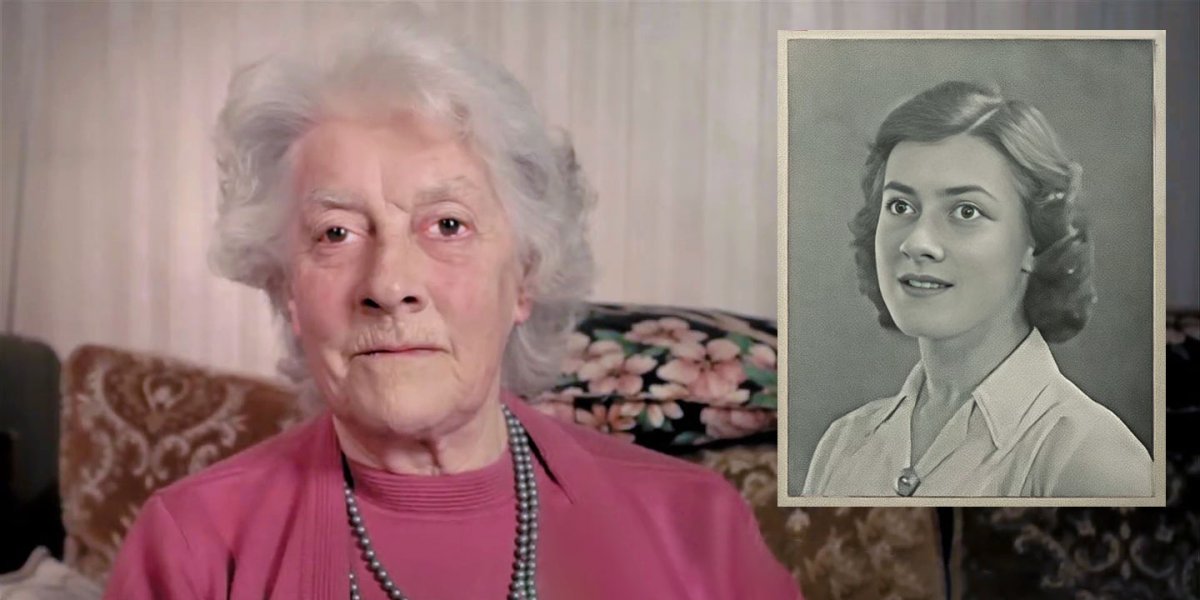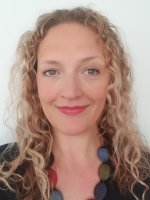‘Born at the Right Time’: Maths, music, museums and a legacy from Margaret Marrs
After a long and rich life in tune with both numbers and notes, computing trailblazer Margaret Marrs leaves a bequest as well-rounded as she was.
Margaret was a Friend of the Fitzwilliam for many years and used to love going to concerts there. That is why she chose to leave a gift to the Museum in her will. It was her way of saying thank you for enriching her life so much over the years.
Michael Derringer, Margaret's friend
According to BBC Culture, ‘music is probably the artistic discipline that traditionally has resonated most closely with the world of mathematics. As the German philosopher Gottfried Wilhelm Leibniz once declared: “Music is the pleasure the human mind experiences from counting without being aware that it is counting.” But this connection goes much deeper than that. The very notes that we respond to as harmonic have a mathematical underpinning, as Pythagoras famously discovered. And mathematical structures also inform the architecture of composition’.
So perhaps it is no surprise that, with her passion for maths, music and museums, the late Margaret Marrs (Girton 1948) made sure to seal the story of her remarkable life by pledging a gift in her will to support all three at the University of Cambridge. This generous legacy — supporting the Fitzwilliam Museum in recognition of the many exhibitions and concerts she attended there, and Girton College where she received a scholarship to study mathematics — is helping transform Cambridge for generations to come.
Margaret’s friend Michael Derringer affirmed, “Margaret loved life at Cambridge, and all the many aspects of the University. Although she was by profession a programmer, a real passion of hers was music and the arts, and she played the violin. She was a Friend of the Fitzwilliam for many years and used to love going to concerts there. That is why she chose to leave a gift to the Museum in her will. It was her way of saying thank you for enriching her life so much over the years.”
After graduating in 1948, Margaret embarked upon an enjoyable, rewarding and successful career as a senior computer programmer at Cambridge, blazing trails as a woman in the early days of this field. She was appointed as senior computer operator of EDSAC in 1952. The EDSAC (Electronic Delay Storage Automatic Calculator) was one of the first stored-programme computers in England, and it was housed in Cambridge as part of the University; her job included punching tape into the computer to run programmes.

As Margaret reflected in a 2013 interview, “There was one job I remember in particular, and it was taking in numbers coordinates of a graph.... You'd have a number with perhaps four decimal places, that would be four characters on a paper tape, and somebody suggested storing numbers in binary. I remember this had worked, and I was so excited I was ill...
I got ‘grabbed’ by computer science when I was offered my job. What I found interesting was that the work was so varied, and I particularly enjoyed my time as programming adviser. At the time this was just a job – but then when you had events like people winning the Nobel Prizes you realised the quality of the people that you were working with and for.... Right from the start of electronic computers, women had been employed ... in firms. I went to one British Computer Society meeting in London and I was very surprised when the speaker got up and said, ‘Madam and gentlemen....’ I realised then I was the only woman in the audience. It's interesting to think that after one year I was a senior computer operator, and my junior was straight from school. Perhaps I was just born at the right time." 1
Katie Grundy, Membership and Individual Giving Manager for the Fitzwilliam Museum, said, “We are so grateful to Margaret for remembering the Fitzwilliam Museum in this special way. Her legacy is helping us care for works of art and material culture of exceptional international importance, works that connect people across cultures and time."
1. Margaret Marrs, an oral history conducted in 2001 by Janet Abbate, IEEE History Center, Piscataway, NJ, U.S.A.
Find out more about leaving a legacy gift
If you would like to know more about remembering Cambridge with a gift in your Will, we would be delighted to hear from you. Whether you pledge to support the arts, student scholarships, scientific research or one of our Colleges, your generosity will help transform Cambridge for future generations.
For an informal discussion about a legacy gift, please contact:

